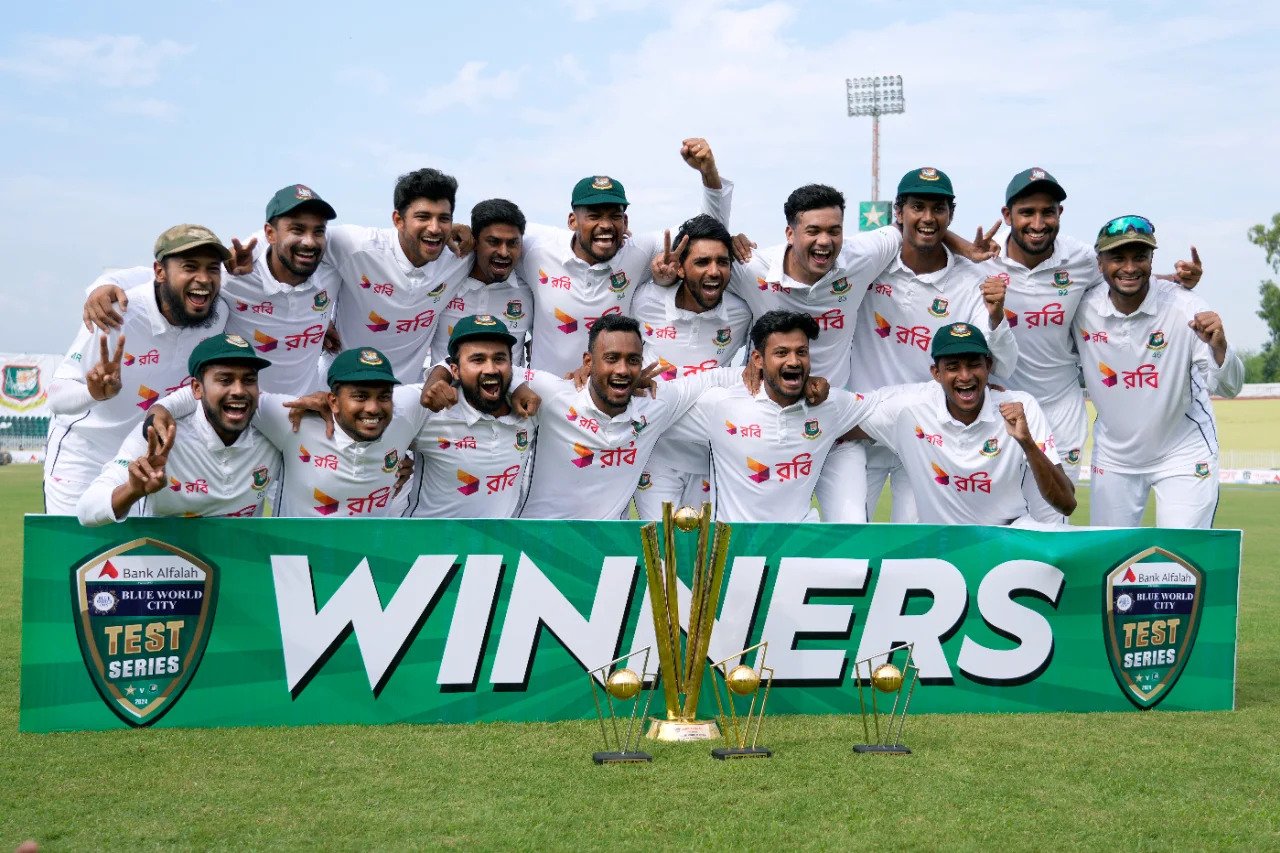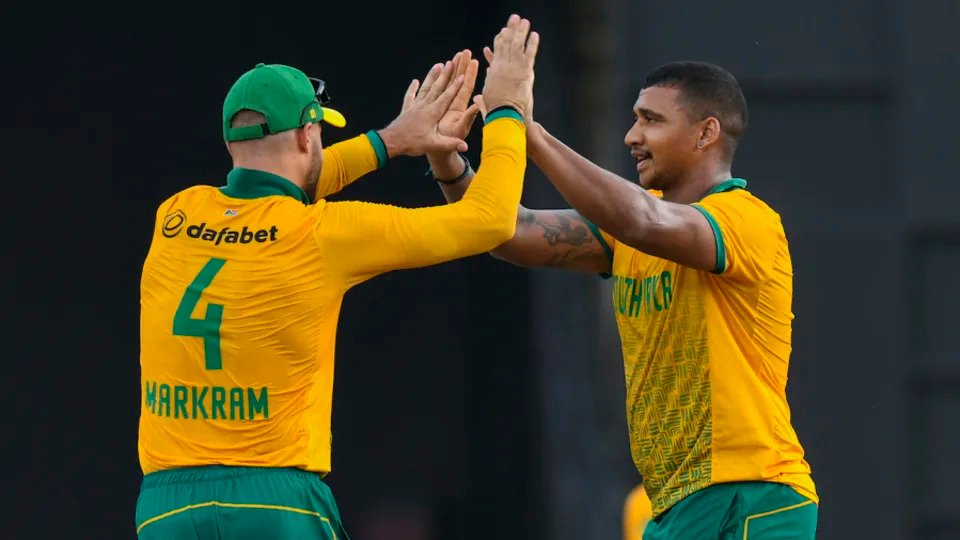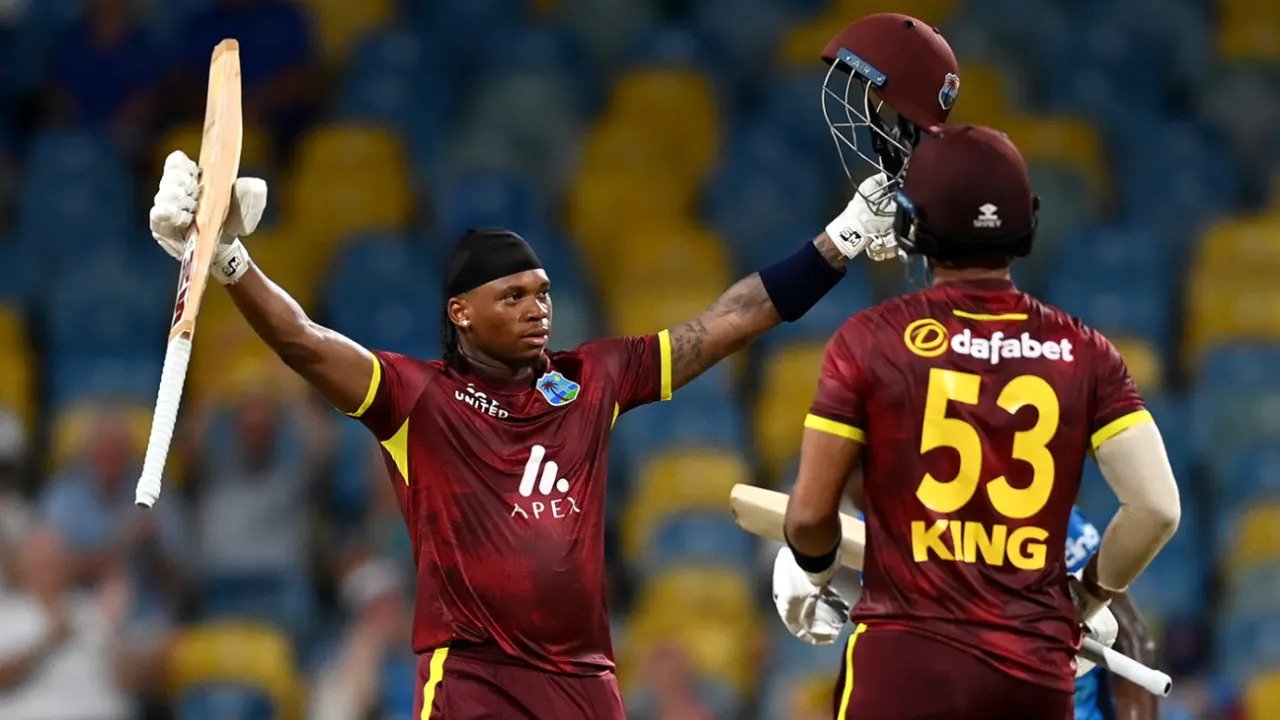The Historical clash between South Africa and Australia
South Africa clinched victory in what is now hailed as one of cricket’s greatest matches. The game saw Australia amass a world-record total of 434 for 4, marking the first-ever 400-plus score in cricket history, yet ending up on the losing side.
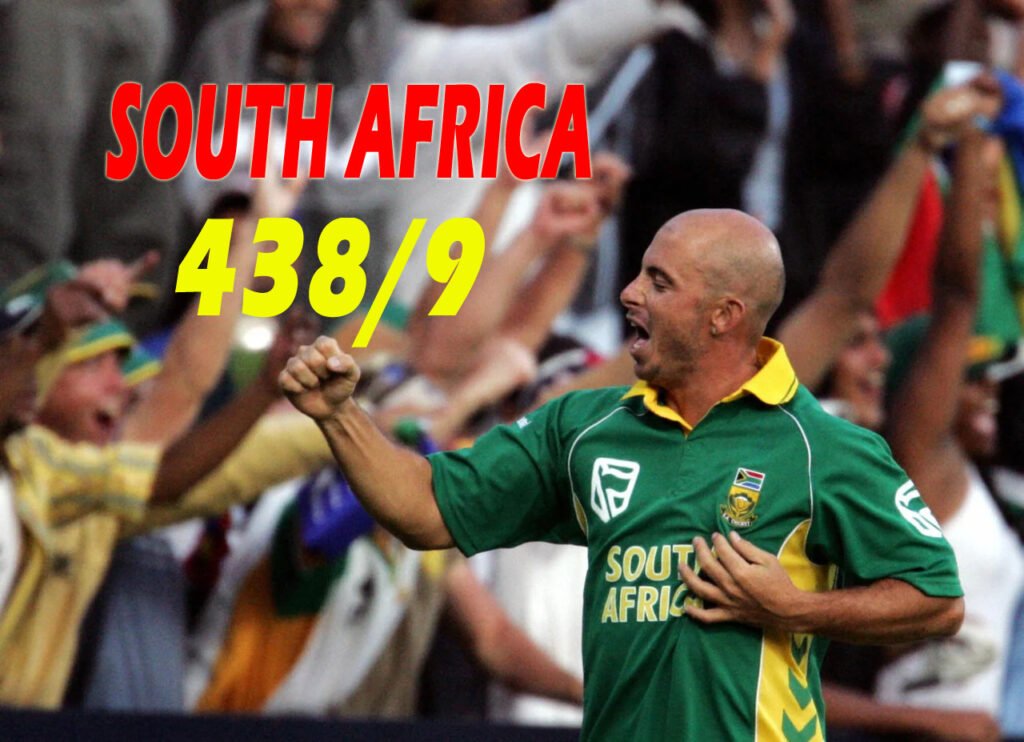
Seven years ago, in the 1999 World Cup semi-final, Australia and South Africa faced off in what is now commonly considered to be the final one-day international match. With twenty wickets throughout the day, a total of 426 runs in two innings, and top-notch performances all around, the match culminated in a thrilling finale in which South Africa gave away their spot in the World Cup final with what is also thought to be the ultimate one-day choke.
But these days, South Africa can no longer be referred to as chokers, having banished the memories of 1999 with a triumph in a match even more remarkable and suspenseful than its legendary predecessor.
It doesn’t matter that Australia scored 426 runs in a day; they just set a global record by scoring 434 for 4 in a single innings, the first 400+ total in the history of the game. Ricky Ponting spearheaded the effort with a patient innings that yielded 164 runs of the highest caliber from just 105 balls. Despite all, they were still defeated – by a single wicket, with a single ball remaining, and the Wanderers stadium returned to the terrifying environment that gave it its moniker.
By the middle of the day, South Africa was practically a laughingstock. On this identical field in 2003, Ponting had been the dominant player as he repeated his World Cup-winning century, but Australia’s batters had all suffered their share of punishment.
With an open-shouldered assault that yielded 55 runs from 44 balls, Adam Gilchrist lit the blue touchpaper. Simon Katich, who was theoretically Ponting’s second fiddle in their 158-run stand for the third wicket, was a sheet-anchor with a difference, hammering home nine fours and a six in a 90-ball 79. Mike Hussey, on the other hand, hurtled to a 51-ball 81.
Australia appeared to be so dominant that not even their most infamous one-day wrecker, Andrew Symonds, was called upon until the scoreboard showed an almost unbelievable 374 for 3.
Not unexpectedly, South Africa’s bowlers were hammered mercilessly. A rattled Roger Telemachus gave up 19 runs from four straight no-balls as the innings neared its climax, and Jacques Kallis vanished for 70 runs in six overs.
The team was looking at a 3-2 loss after blowing a 2-0 series lead, and, as has happened before this year, Graeme Smith’s tendency to speak his opinion was beginning to backfire. There had never been a more pressing need for a show of pride, with the Test series starting in four days.
Smith then took it upon himself to deliver, answering the humiliation of his team with an intensely angry and vicious innings. He shrugged off the early loss of Boeta Dippenaar, whose anchorman strategy would not have worked well for the chase anyhow, and instead discovered the ideal ally in Herschelle Gibbs, his former opening partner.
The two opened the South African reply with a blistering stand of 187 off 121 balls, sending the first tremors through the Australian dressing room on a ground that looked like it might have been delivered from the gods.
Also Read: Brian Lara’s Historic 400-Run Knock: A Landmark in Cricket History
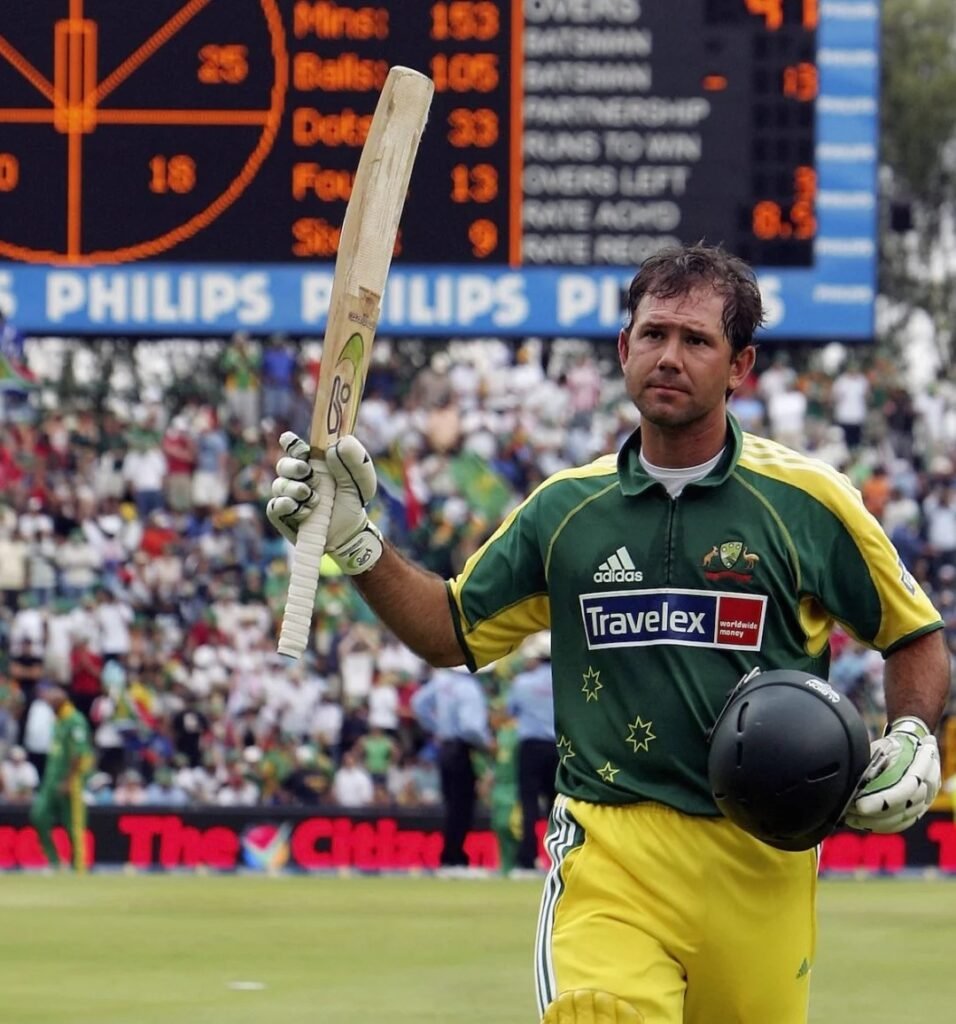
After Smith sent a smacked ball from spinner Michael Clarke to Mike Hussey on the midwicket boundary, he appeared to be on course to surpass Ponting’s century from 71 balls, scoring 90 from just 55 balls. However, Hussey’s wild jubilation showed the nagging fear that the Australian players were beginning to feel.
In the same way that South Africa had suffered from Shaun Pollock’s absence, so too was Glenn McGrath’s limiting impact being missed. Mick Lewis earned an unwelcome place in history after his ten overs were hammered for 113 runs, the most costly analysis in any form of one-day international cricket. His understudies were simply not up to the challenge.
It was Gibbs who took the lead now. In the years since, the guy who famously lost the World Cup at Headingley in the 1999 campaign has made a hundred redemptions. But this was to be his crowning glory. Together with his lively partner AB de Villiers, Gibbs sliced large swathes of the asking rate, reaching his century off 79 balls and accelerating so quickly that, at the 25-over point, South Africa had 229 for 2 on the board and just needed 206 to win.
There was only one match that came close, the incredible C&G Trophy match between Surrey and Glamorgan in 2002. Alistair Brown led his team with 268 runs out of a possible 438, but Glamorgan answered back with 429. Both times, the sheer impossibility of the task inspired the batsmen and made the fielders’ legs go limp. Nathan Bracken, at mid-off, dropped a sitter off a Lewis full-toss, leaving him with nothing to do but stare at his navel as the Bullring shouted its pleasure. Gibbs was on 130.
It was unquestionably the game’s pivotal moment. Bracken managed a respectable 5 for 67 in the end, but during the post-match interviews, this gaffe was plastered all over his face.
Gibbs cashed in spectacular fashion, racing to his 150 from precisely 100 balls. He reached the milestone with his fifth six of the innings and the 21st of a bedlamic match. When Lee managed to hold onto a dirty drive mid-offence, he had hit a magnificent 175 from 111. The stadium was filled with praise, but South Africa still had a lot of work ahead of them as their primary source of momentum had vanished and 136 runs remained.
After a solid partnership of 28 runs in six overs between Kallis and Mark Boucher, the chase was rekindled by Johan van der Wath’s explosive intervention when big-hitting Justin Kemp fell for cheap. With two sixes in one over off of him and another six and four in Bracken’s eighth over, he reduced the required total from a daunting 77 from 42 balls to a manageable 36 from 22 balls. He went down as he had lived, hunkering down for additional protection, and Telemachus came along shortly after, but not before he had struck a crucial twelve off of six balls.
As it did at Edgbaston all those years ago, it ultimately came down to the last over. South Africa had two wickets in hand and Brett Lee had seven runs to defend. Andrew Hall appeared to have put an end to the matter with a thunderbolt four, but in a move evocative of Lance Klusener’s well-known aberration, he smeared the very next ball into Clarke’s hands at mid-on.
Then, two runs were required, and Makhaya Ntini, number eleven, struck out. After Lee‘s best attempt was misdirected to third man, the score was tied, and Boucher, who was having flashes of Edgbaston flash through his mind, completed the victory with a lofted four over mid-on. The spectacular climax of the most breathtaking game in one-day history meant that players just needed to pinch themselves.

